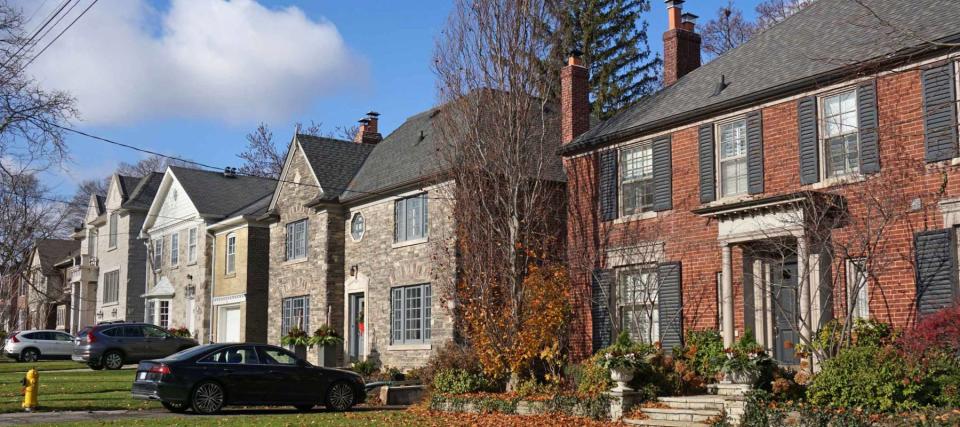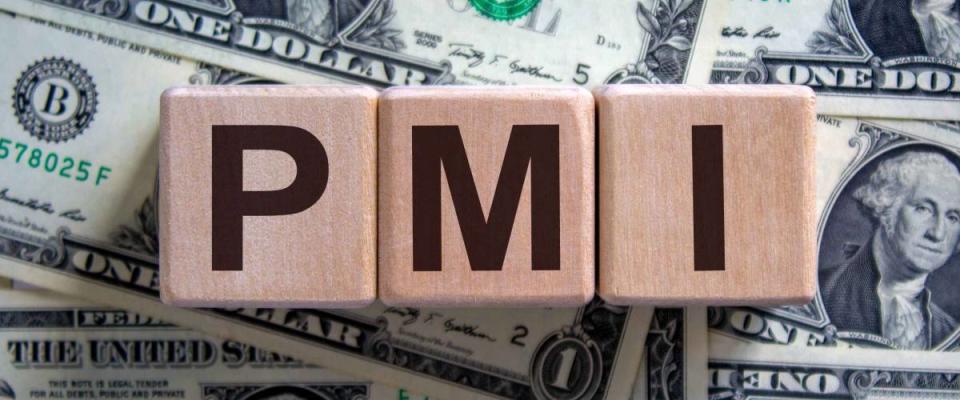Are you missing out on these common homeowner money savers?

The economic turmoil unleashed by the coronavirus has resulted in unbelievably low mortgage rates — which are stoking mortgage refinancings.
Landing an ultra-low mortgage rate is a great way to reduce your housing costs. But many homeowners never refi, or they overlook other ways to save hundreds, thousands or even tens of thousands of dollars.
Take a look at these five money savers that homeowners often miss.
1. Refinance to a lower mortgage rate

Though millions of Americans have indeed refinanced their home loans this year to take advantage of historically low mortgage rates, many others are still missing out.
At current rates, an estimated 18 million homeowners still have an opportunity to refinance their loans and cut their monthly costs by an average $287, according to the mortgage data firm Black Knight.
The researchers say you're a good refi candidate if you have at least a 720 credit score and 20% equity in your home, and if you have a 30-year mortgage rate that could be reduced by three-quarters of a point (0.75) or more. In other words, if you might go from 3.75% down to 3% or better.
The savings from a refinance could be used to pay off credit card debt, build up your retirement fund — or even get ahead on your home loan.
We looked at one hypothetical example where a homeowner took out a 30-year, $300,000 loan at 4% in 2017. She could now:
Refinance the remaining balance at 3%.
Reduce her mortgage payment by $189 a month.
Put the savings toward the loan balance.
Pay off her loan by 2043 — four years earlier than the term on the original loan, from 2017.
Save $58,000 in lifetime interest.
2. Make payments every other week instead of monthly
If you’re like most homeowners, you’re probably sending a mortgage payment to your loan servicer once a month, which works out to 12 payments a year.
But try this instead: Take your monthly payment, split it in half and pay that amount every two weeks. You'll make 26 half-payments each year — which is the same as making one extra monthly payment.
This way, you pay off your mortgage faster and cut your interest costs by thousands of dollars. On a $300,000, 30-year fixed-rate mortgage with a 3% interest rate, you could save more than $21,400 by paying half your monthly mortgage payment every other week.
But before you go this route, you'll want to check your mortgage documents to make sure your loan doesn't have a prepayment penalty. These fees, which can bite you if you pay off your mortgage early, are much less common than they used to be.
3. Dump your private mortgage insurance (PMI)

With some mortgages you're required to pay private mortgage insurance, or PMI, which protects the lender in case you default on the loan. You typically pay these fees if you make less than a 20% down payment on a conventional mortgage.
PMI is usually tacked onto your monthly mortgage payment and costs between 0.5% and 1% of your entire loan amount annually. So on a $200,000 loan, you might have to pay up to $2,000 a year, or as much as $166 a month.
But you can get rid of pesky PMI in these instances:
Get automatic cancellation. Your lender must automatically cancel PMI when your mortgage balance reaches 78% of the original purchase price. On the $200,000 loan, you’d have to pay down your balance to $156,000.
Request cancellation. Instead of waiting for automatic cancellation, you can request that PMI be removed once your balance reaches 80% of the original balance ($160,000, in our example). Pay down your mortgage more quickly to get to the 80% mark sooner.
Refinance to get rid of PMI. If you take out a new home loan that's below 80% of the home's value, then you can avoid further PMI payments. This approach might require you to pay some money out of pocket, if the new mortgage doesn't completely cover your remaining balance.
4. Invest your escrow check back into your mortgage
At closing, your lender may set up an escrow account for scooping up the portions of each mortgage payment that will go toward your property taxes, PMI and other insurance.
Your loan servicer dips into the escrow funds to pay those bills on your behalf throughout the year. But you may wind up with a surplus in the account at year-end, and anything over $50 will come back to you in the form of a refund check.
Instead of pocketing that cash, consider using it to pay down some of your mortgage principal.
Remember, decreasing your loan balance — even by a relatively modest amount — ultimately helps cut your interest costs and shortens the amount of time you’re in the loan.
5. Lower your homeowners insurance premium
A homeowners insurance policy offers financial protection in case something happens to your house or anything inside it. Your loan servicer pays for this service on your behalf, using your escrow funds, or you pay the bill on your own.
The U.S. average cost of home insurance is $1,211 per year, according to the most current data from the National Association of Insurance Commissioners. Your annual premium might be lower than average, or considerably higher — but there's lots you can do to save on this cost.
Prices are based on factors like the location and condition of your home, your credit score and your marital status. If things have changed recently — maybe your credit has improved, you got married or you installed a new security system — then ask your insurer if you qualify for discounts or a lower rate.
You also should shop around regularly to make sure you’re getting the best deal. Asking for quotes from multiple insurance companies can help you find a lower rate and trim away your coverage costs.
